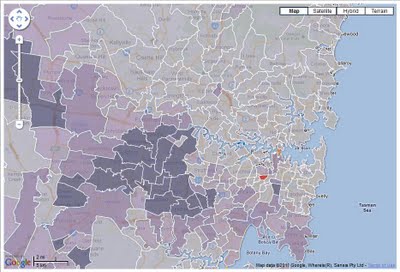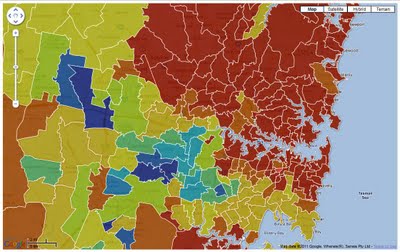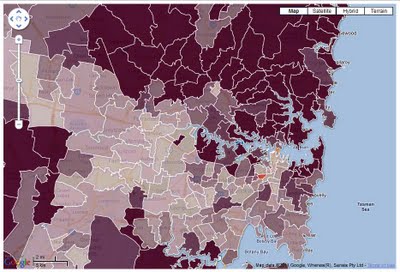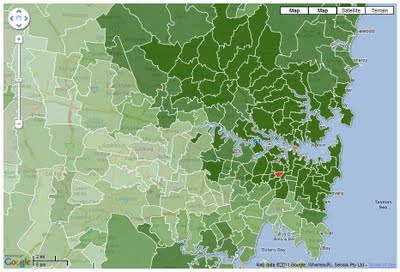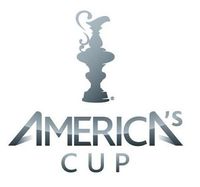There have been two updates to the Places Quality Guidelines over the past two weeks. On July 21st, with the rollout of the new Places Page look, Google added this paragraph (bold added by me):
You cannot create Places listings for stores which you do not own, but which stock your products. Instead, consider asking the store owner to update their own Places listing with a custom attribute specifying brands or products they stock, including yours. While this data may not appear on the Place page, this information continues to help our system understand more about your business and ensure your organic listings appears and ranks appropriately on Google and Google Maps when potential customers perform searches related to your business.
This is a clear indication that while not displaying the information in the Additional details area of the Places listing they are in fact using the information for relevance and rank in retrieval of the listings and you want to still fill in the extra information.
Google added a paragraph to the Quality Guidelines allowing stores within other stores to explicitly note their relationship with the mall or container store:
Some businesses may be located within a mall or a container store, which is a store that contains another business. If your business is within a container store or mall, and you’d like to include this information in your listing, specify the container store in parentheses in the business name field. For example, Starbucks (inside Safeway).
